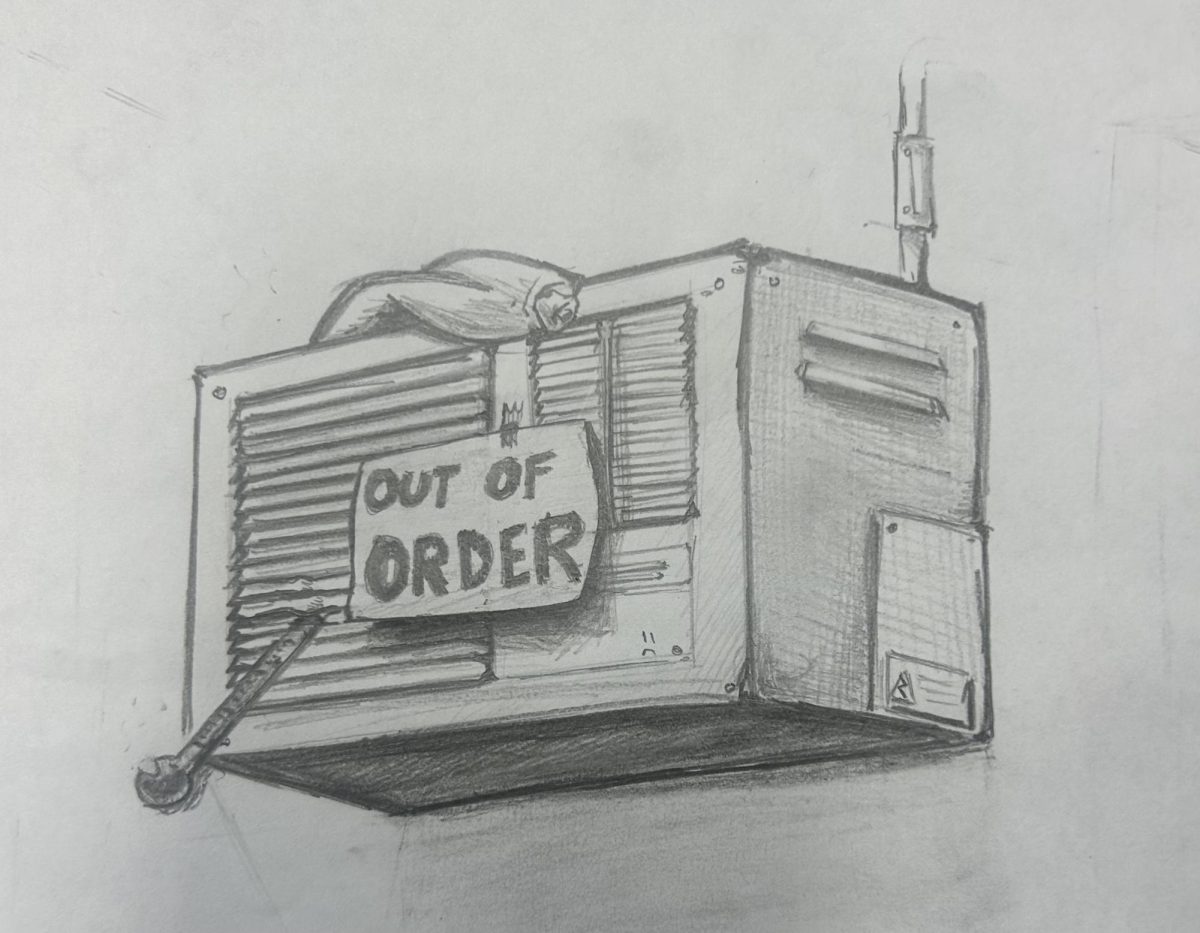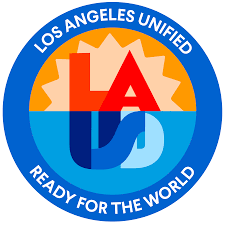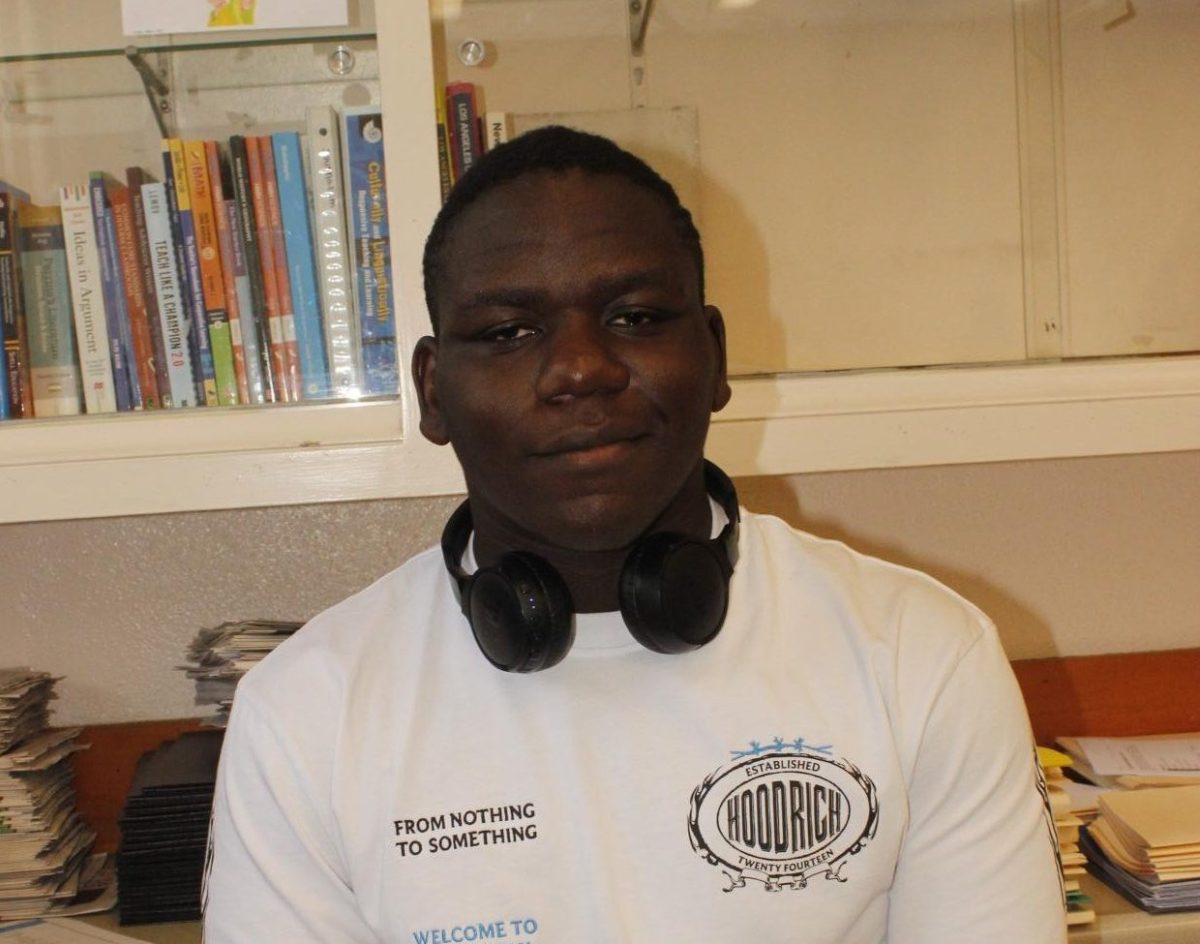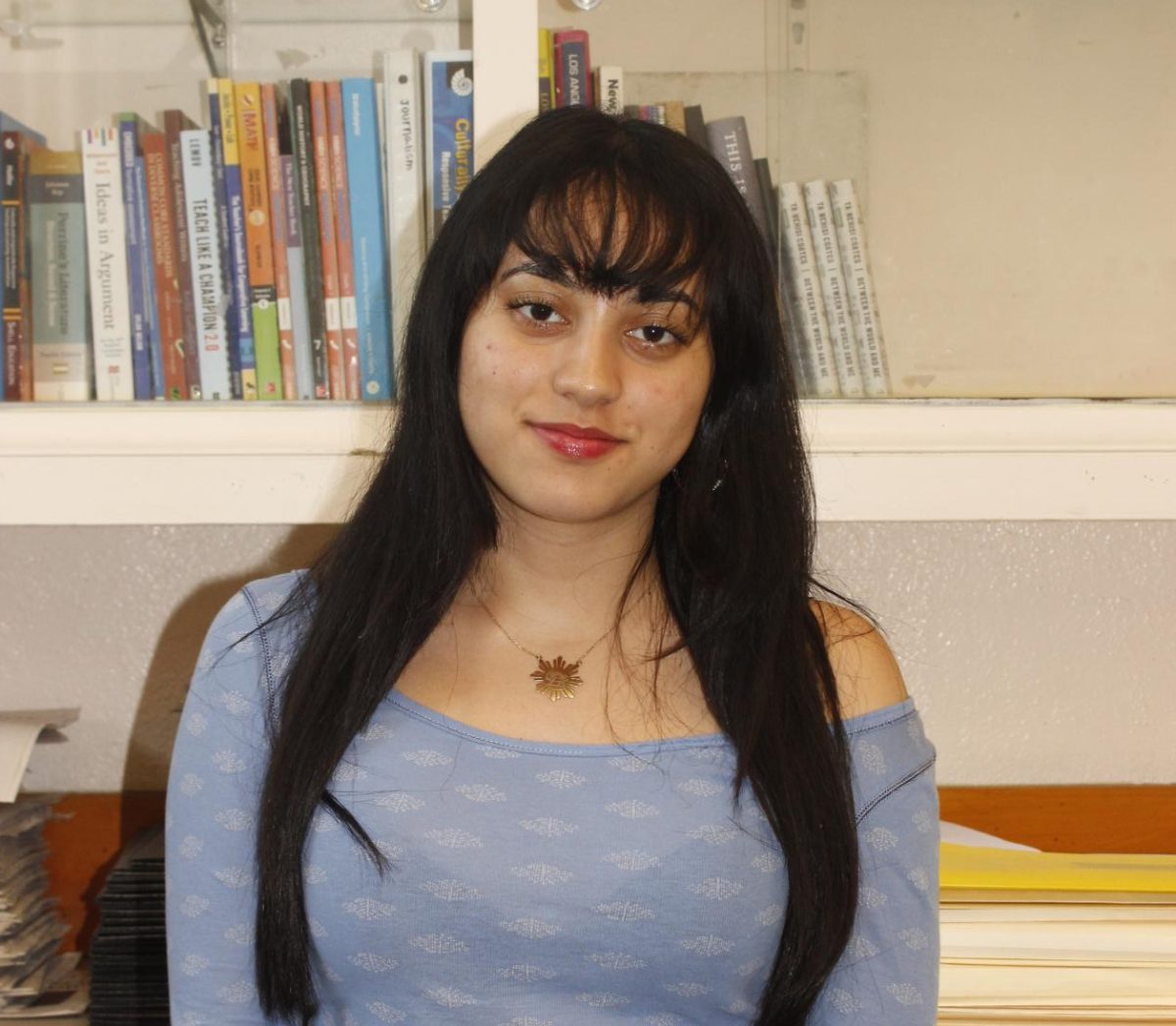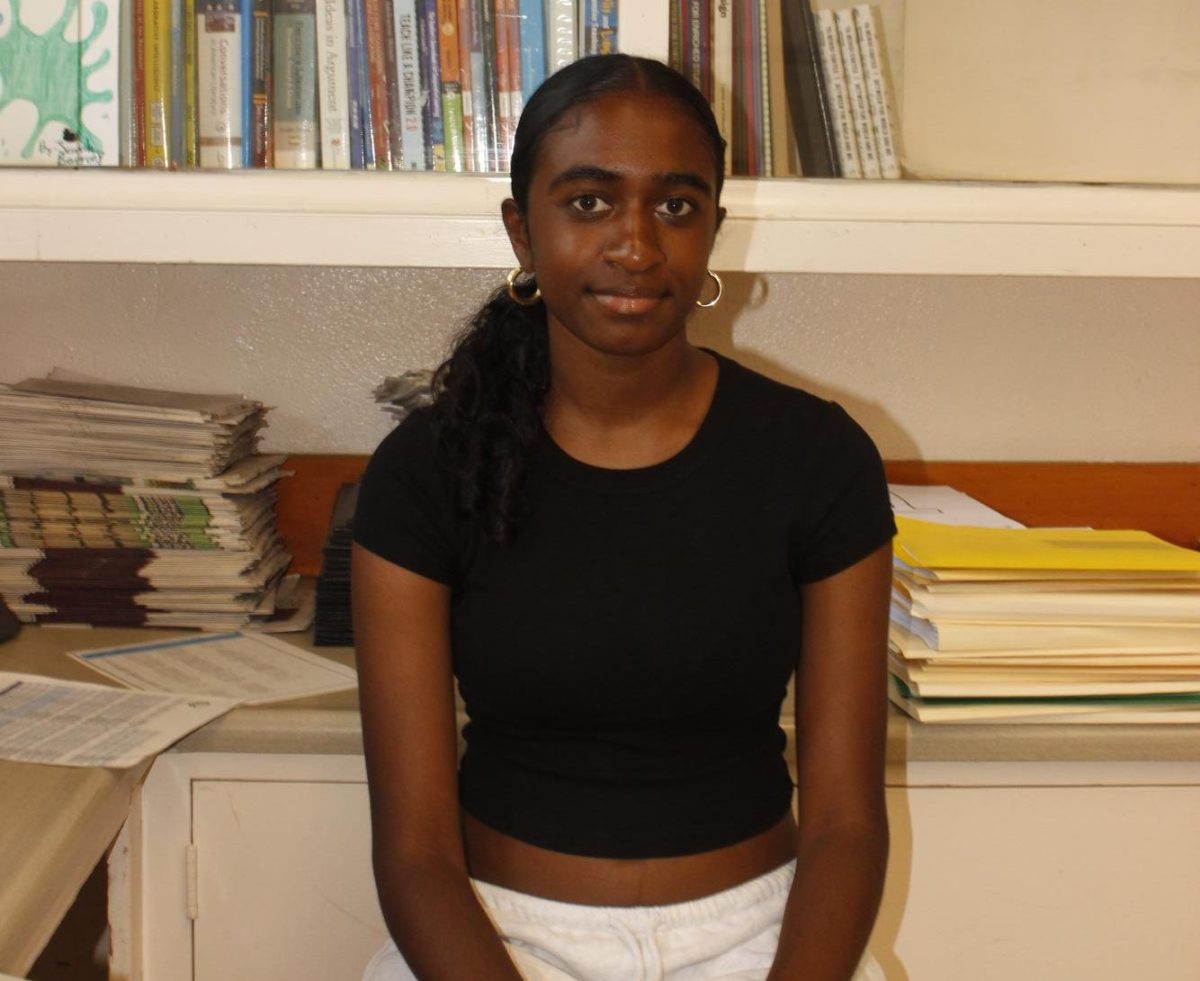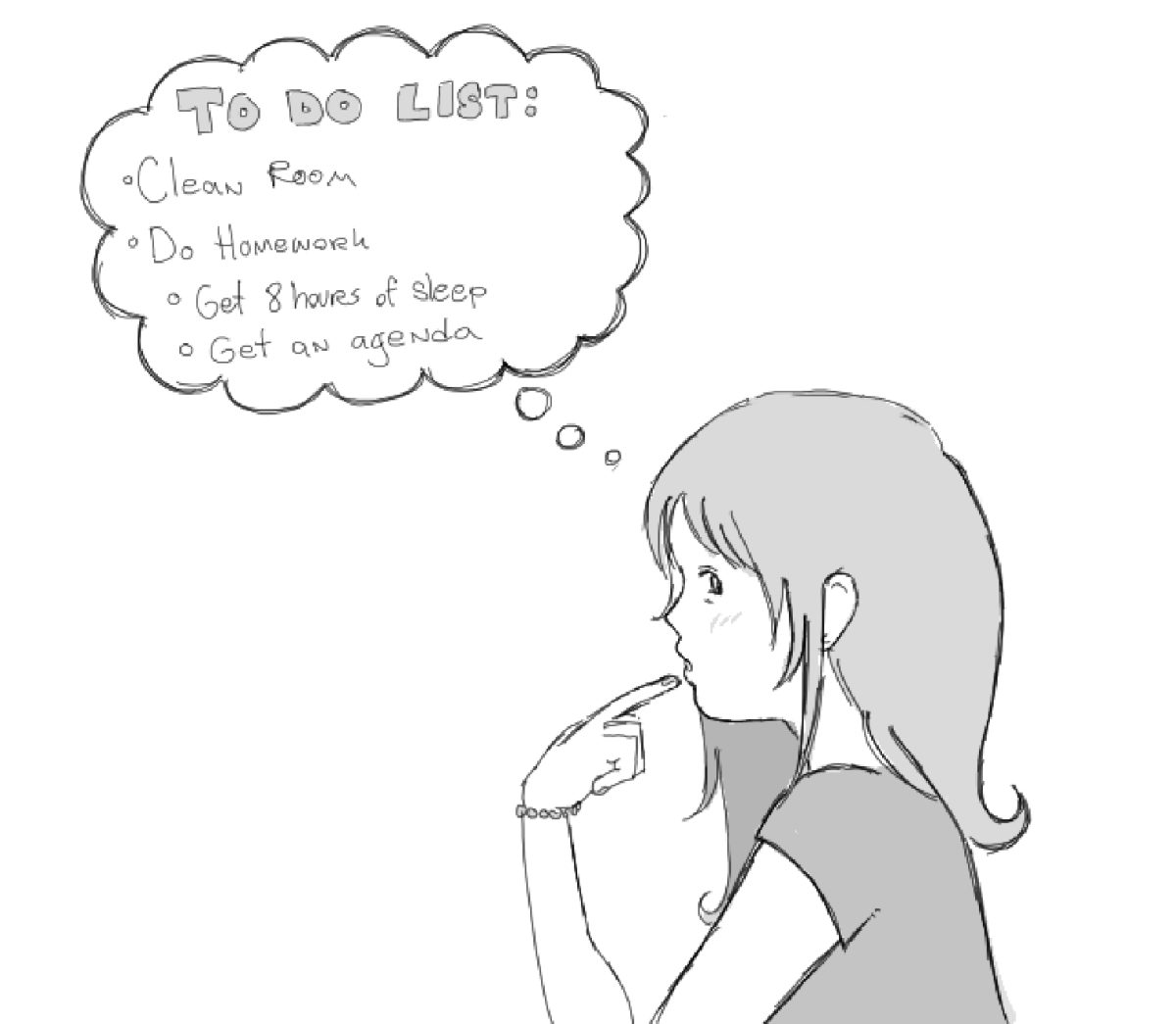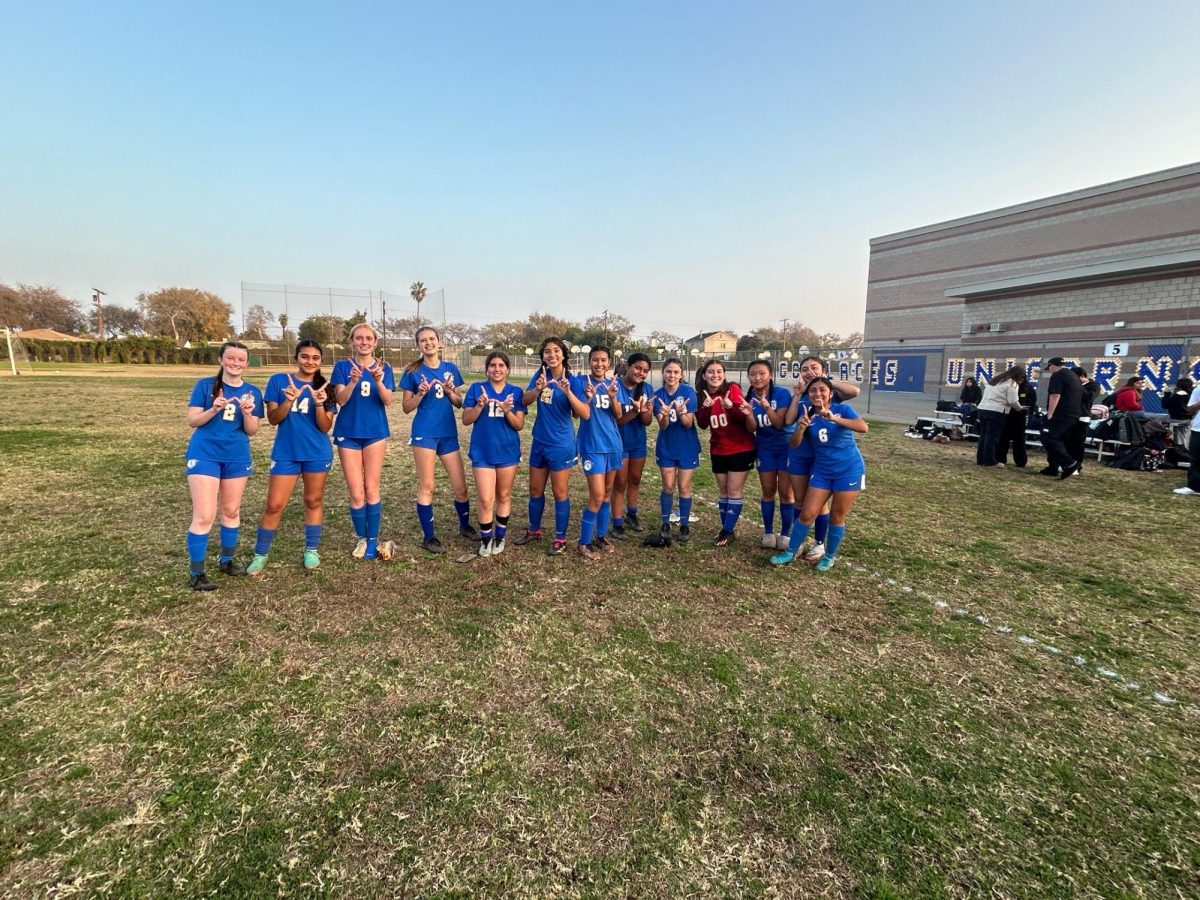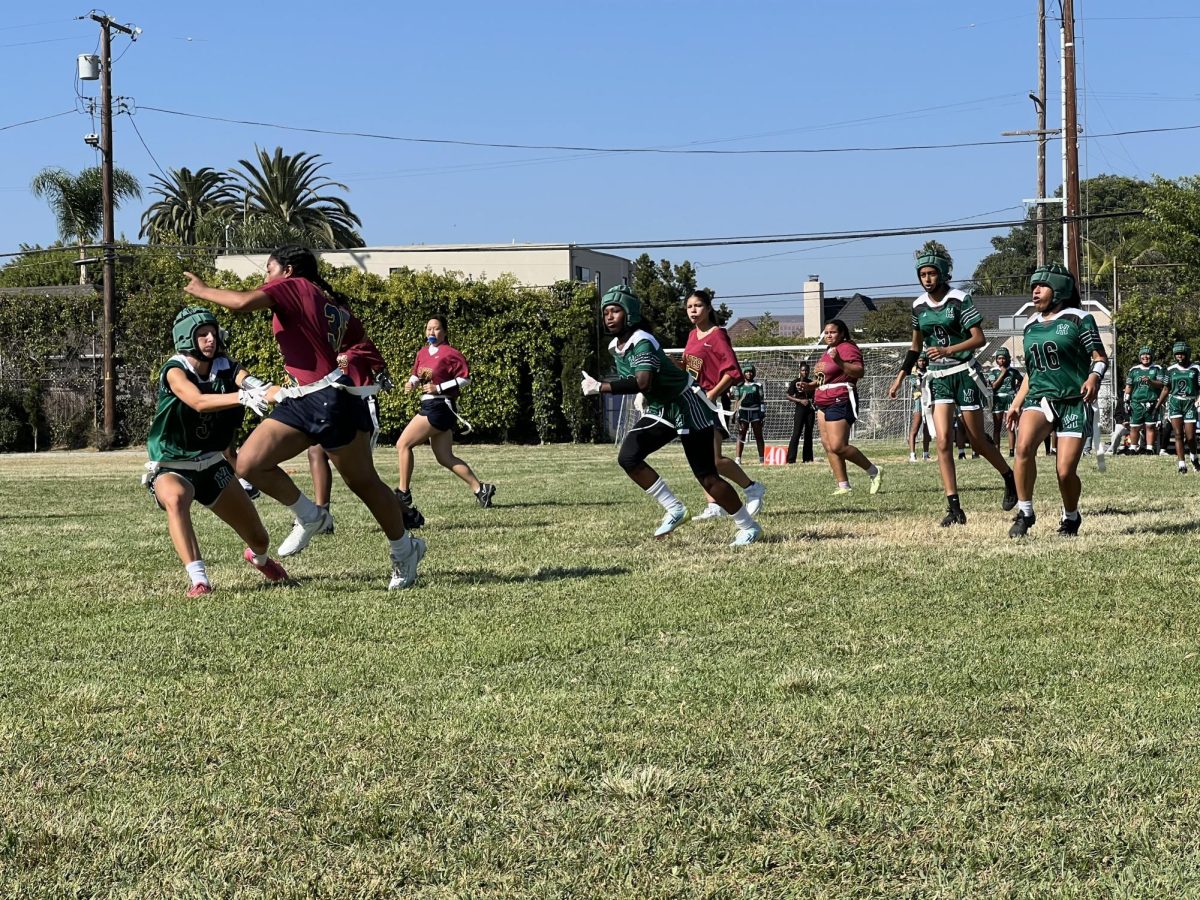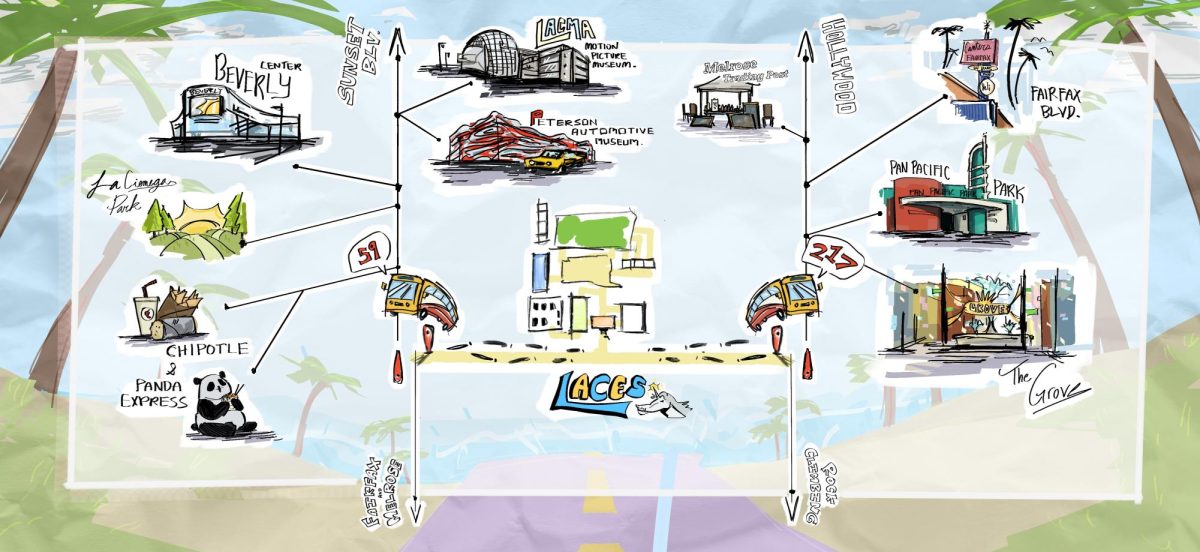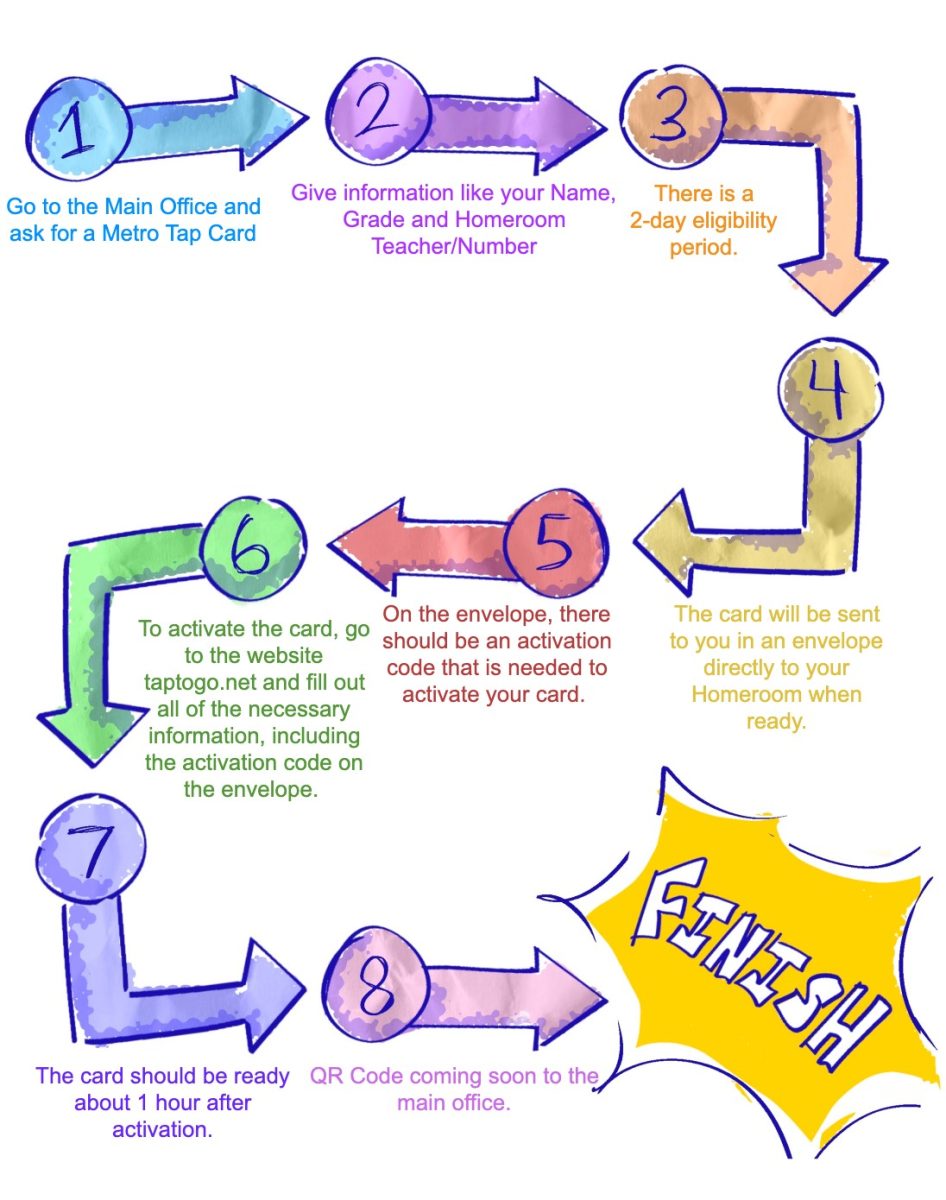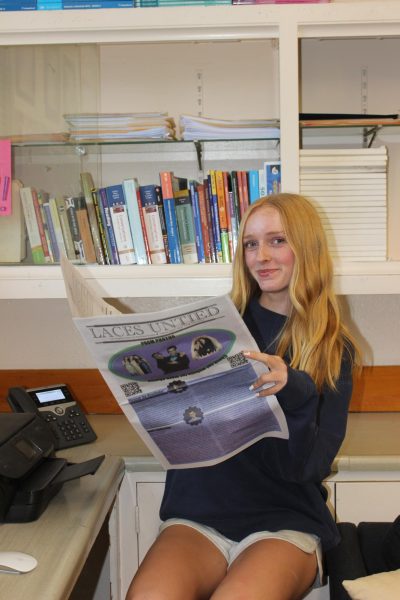It’s common knowledge that LACES offers several electives like Leadership, Journalism, Peer Helping, Yearbook, and Restorative Justice (RJ). Among those classes, Restorative Justice is one that isn’t as well known. Located in the bungalows, the LACES RJ elective is led by Ms. Rachel Klimke. The goal of the class is to get people of all ages to learn positive communication.
“Understanding where people are coming from and putting yourself in other’s shoes [is the goal],” said senior Alejandra Leonor, who is the co-president of the class with senior Sanai Khalil.
Similarly to Peer Helping, which has a period of instruction for newcomers, students who recently joined the RJ program have a training process that spans the first semester, ensuring that new members will be capable of carrying on the RJ legacy.
During that first semester, the first thing they do is get to know each other so the class is connected, which then makes it easier to do outside circles. “The first semester is like a learning focus for [new] members. Only on the second is the application,” said Khalil.
Finally, after months of lessons, mock circles, and public speaking exercises, each newcomer will lead their own practice circle to demonstrate their abilities.
The following semester, they are given opportunities to participate in community circles that teachers, primarily middle school level, sign up for.
Newcomers are also taught how to prepare for harm circles, which they work on with Mr. Marlon Shows, the Athletic Director and Dean here at LACES. He assigns them a few people to talk with, and they work out the problems all together. The purpose of these harm circles is to bring together people who may be involved in some kind of conflict, “[and] ultimately bring them together to kind of resolve that conflict. I think what’s important is making sure that you understand both sides of a problem so that you’re getting the bigger picture,” said Khalil.
Sophomore Maddy Kogan, a new recruit to RJ, said that the training process is “really interesting, and it’s definitely a lot of learning as you go, it’s very hands-on.”
But what makes Restorative Justice so important to the members and students is the relationships it fosters.
“I love seeing the little kids in the hallways, waving at me, or like at other RJ members,” Khalil said. “And just knowing that we’ve not only connected them and made them all closer with each other in circles, but also close relationships between them and us.”
